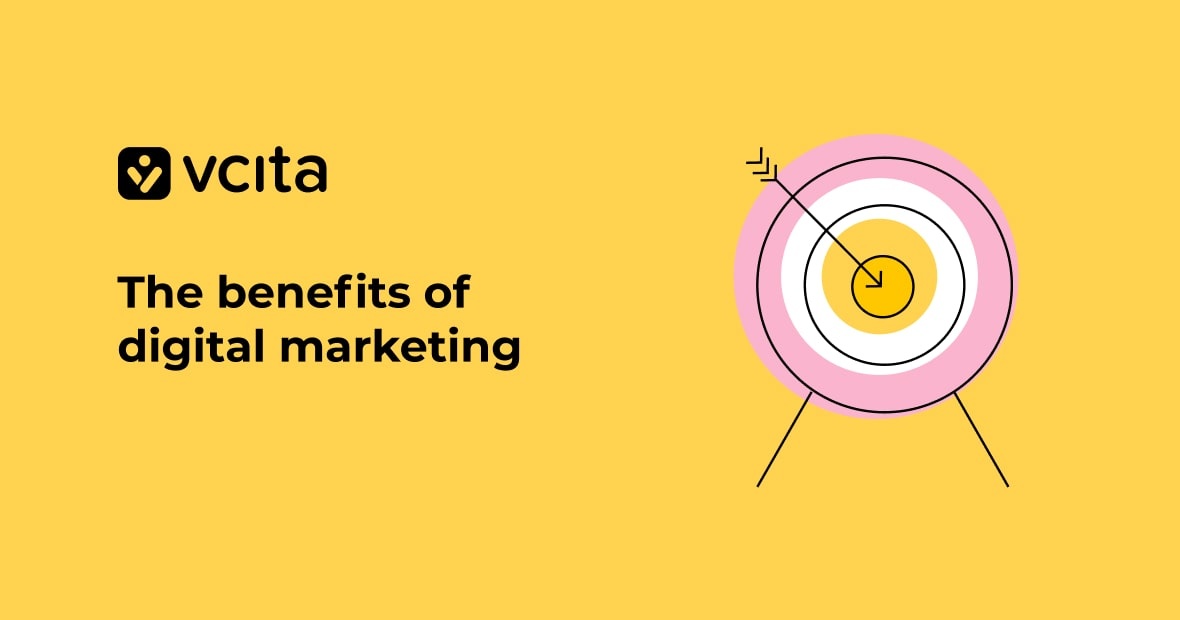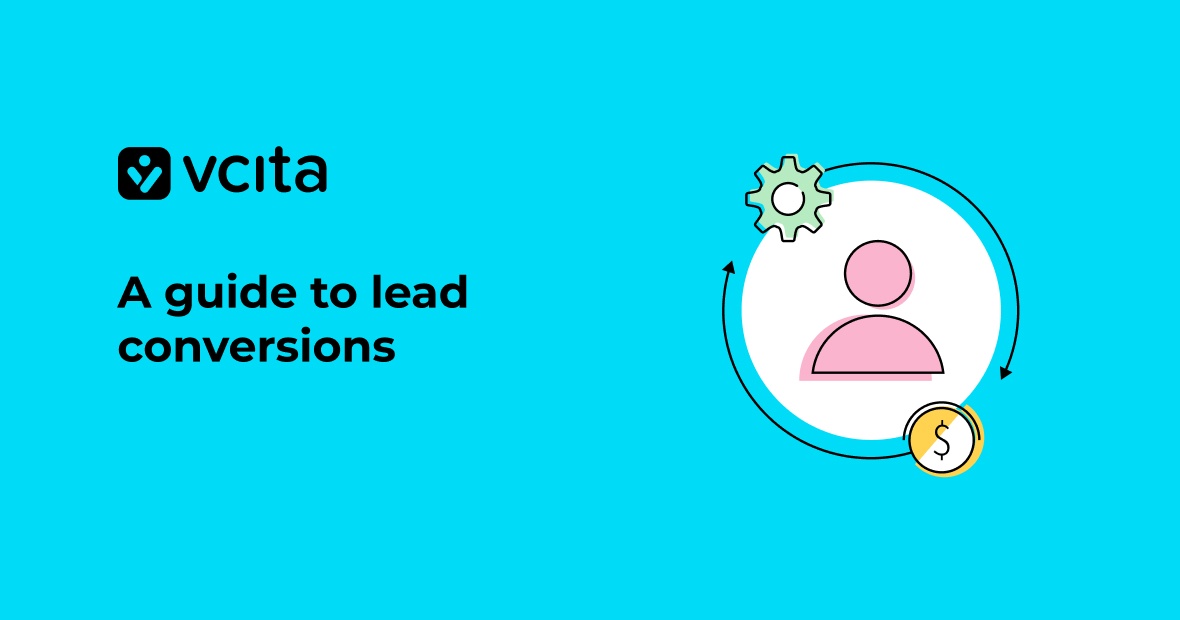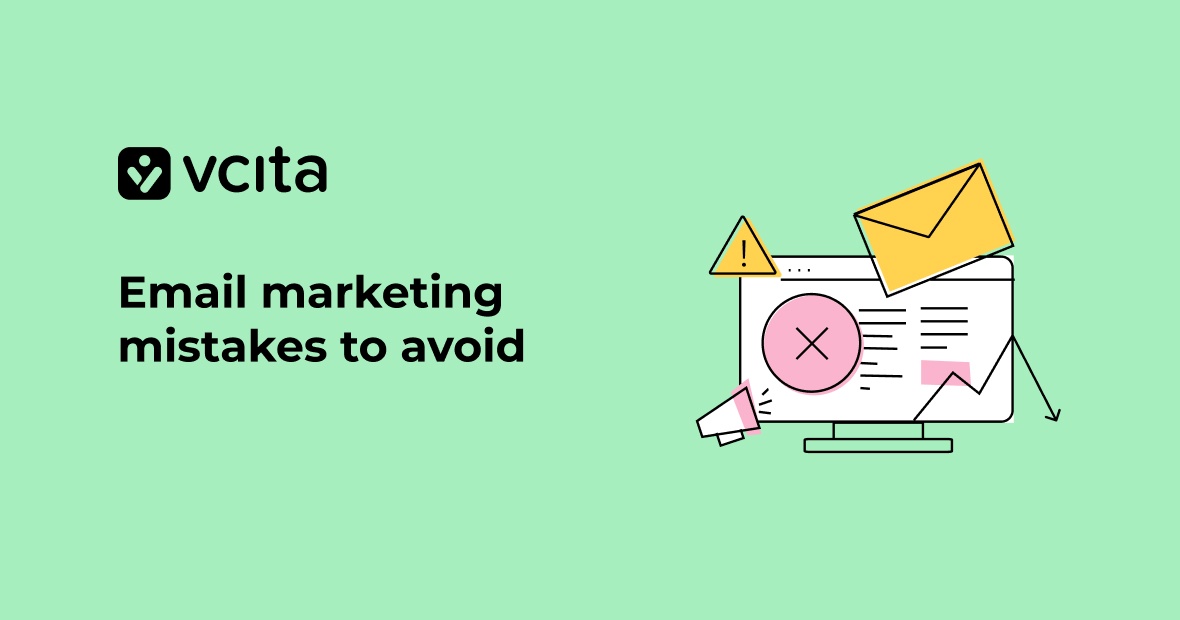Rounding up leads or paying for a service that offers lead generation is the easy part. Learning to turn these leads into paying and returning clients is a whole different aspect of growing your business. Once you’ve accrued all these new leads, lead nurturing is your next step. Lead nurturing helps you create a trusted bond with your prospects and is aimed at convincing them that you will be answering their needs and adding value to their lives.
If you’re looking for a great way to take leads and turn them into loyal clients, emails are your best option. By sending a lead nurturing email, you can urge your new lead to take action and become a client. Lead nurturing emails are an essential part of any email marketing strategy and can help with educating prospects about your services, addressing their main pain points, or winning their trust.
In this article, we break down everything you need to know about lead nurturing emails, as well as offer you some examples that you can use as inspiration and start converting leads to clients.
What is a lead nurture email?
A lead nurture email is a message you send to a lead as they move through your sales funnel. These messages encourage them to convert while enticing and urging your lead to continue to engage with your business.
Think about your lead nurture email as a way to move a lead from the inquiring stage to the decision making stage of your sales funnel. These emails usually offer more information about the products or services you’re offering, outline your unique selling points, offer discounts or special promotions that are exclusive to new leads, and more.
Why are lead nurture emails important?
There are quite a few reasons why lead nurture emails are so important :
- Lead nurture emails enable a boost in sales for your business. Nurtured leads make 47% larger purchases than those who aren’t, and in general, companies that do lead nurturing generate 50% more sales according to Invesp.
- In addition, these emails drive brand awareness and establish trust, which is just as important as direct sales. This means that you will be able to start working with these new clients on the right foot.
- These emails may seem like a small thing, but they offer some of the highest ROI at 4400% (so a return of $44 on every $1 spent).
Lead nurturing emails best practices
When you’re writing and using your lead nurturing emails, be sure to keep these tips in mind.
Keep them short and sweet
You want your lead to be able to quickly look at your email and understand in about five seconds what you’re trying to tell them. Don’t worry about fonts or images as that may lead to information overload. Add too many CTAs and unrelated links and you’ll surely see your unsubscribe rates go up. The typical recommendation is to keep your email between 50 and 150 words, but you may need a bit longer than that. Just be sure to keep your messages concise and to the point wherever possible.
Provide valuable content
Your lead nurture emails should offer your leads valuable content and information such as tips, insights, thought leadership and so on. You could think of these emails as mini blogs that you are sending with your lead’s needs in mind. What would they want to read about? For example, if you are a salon owner, sending an email focusing on “6 of the hottest hairstyles for summer” will be sure to catch the lead’s attention. You have to keep in mind that you are an expert in your field and you want to show that to your leads so they begin to trust you and want to conduct business with you.
Personalize them
One of the best practices to writing emails in general, but especially lead nurturing emails, is to personalize each email sent. You should be sending different types of emails to different types of leads and to do this, you need to collect some information about each lead and segment them appropriately. If we take the salon owner example, you might want to find out the age of the lead and send prom hairstyle ideas to leads that are between the ages of 15 and 18. Based on their history of interactions with your business and their personal information, you can tailor each email and make each lead feel seen and heard, and special!
Test and track each and every email
Since there’s no standard to lead nurture emails, what works for one company might not work for yours. In order to find out what works best for your crowd, test out different types of content and see what gets the most engagement. Videos might work well for your business, or perhaps offering a discount to new leads to get them to convert is what makes your leads tick. Once you’ve sent out the email, make sure you’re tracking open rates, click through rates (CTRs), unsubscribe rate, etc., and make adjustments based on this data.
Stay true to your brand
The tone, look and feel of your lead nurturing emails should all be consistent with those of your brand. A consistent brand story and voice helps build trust and raise awareness to your brand’s identity. If your brand’s tone is casual, informative, and friendly, keep that tone throughout the lead nurture emails. This goes for visuals too. Make sure the colors, fonts and images you are using also complement and align with your brand’s look and feel.
Bring in automation
Lead nurturing isn’t just about sending out emails constantly, it’s learning to send the right emails at the right time.The best way to make that possible is to automate the sending of each email. With a tool like vcita, you can automate your emails and send them based on a specific trigger or pre-condition that you set. For example, new leads can get one type of email, while clients you haven’t interacted with in a long time could receive an email reminding them to return to your business after a set amount of time. Automating your lead nurturing emails will ensure you are reaching the inboxes of your clients and leads at the right time and not bombarding them with too many emails, too often.
Lead nurture email examples
Now that you have understood the purpose and importance of lead nurturing emails as well as how to best write them, let’s look at some examples that can inspire your own lead nurturing emails.
The welcome email
First impressions matter a lot. Your first touchpoint with a new lead is crucial to making them want to convert to a loyal client.You can use this email to tell your lead more about your business, share important information, or even begin to onboard them.What’s most important is to express the added value of doing business with you, meaning how your business will help them.
Here’s an example of a great welcome email by Asana:
Asana’s email does a great job of telling leads exactly what to do in order to maximize their success in using their platform. The email is short, visually appealing, and has a clear CTA at the bottom. The company didn’t waste the lead’s time with too many visuals, excess content or confusing CTAs.
The educational email
If you need to educate your audience about what it is that you do, this is the perfect email. These types of emails aim to teach your audience about your product or service and leave them knowing what to expect from you. Typically a bit longer, educational emails should entice your lead and have them feeling confident they want to work with you.
Check out this email by Freelancer.com:
The email connects with the lead and explains to them what the service is that the company is offering. Though, in my opinion, a few messages here and there could have been more concisely written, Freelancer.com excellently creates a story where the lead is the main character and can see their clear need for the service.
The instructional email
Sometimes, the best way to show off your brand is to show off your expertise in the field instead. An instructional email offers a step-by-step “tutorial” on how to do something. These emails should be informal and memorable, as well as provide some valuable information to the lead.
Like this email by Framebridge:
Framebridge is a custom framing company that got this instructional email right! The email is visual, short and gives tips on how to hang your art. The email also includes a prominent CTA taking leads to their blog for more resources and information. This email isn’t a hard sell, it’s more of a “get to know us” email that leaves leads feeling confident in the company’s expertise and wanting to do business with them.
The recommendation email
The recommendation email is a great way to provide value for your leads. Recommendation emails usually consist of just that, recommendations of products or content that adds value to the lead’s life. To do this, you need to have a considerable amount of information about each lead so that you can know what to recommend to whom. For example, you may recommend extra services that complement the ones the lead has already expressed an interest in, or even recommend certain pieces of content that you think is beneficial to their knowledge.
This email from Skillshare is a great example:
Skillshare triggers this email when a lead’s trial is about to expire and recommends courses for them based on their previous behavior. The recommendations are clear and have large, visual CTAs that tempt the lead to take action. Based on this email, we can know that the lead is a small business owner/entrepreneur and has been using Skillshare to improve their knowledge in the field. Targeting your lead’s like this is a much more effective way than sending a generic email. You can always seek more insights about this platform and check out Skillshare reviews.
The FAQ email
Sometimes your leads have questions, and answering them before they even ask is a great way to build trust between your brand and them. FAQ emails present the answers to the most commonly asked questions about your product or service. These emails do well in convincing the lead to continue or begin business with you as the questions they might not have gotten answered in person are answered in the email.
TrustedHousesitters have a strong FAQ email:
TrustedHousesitters decided to go with their most frequently asked question “Can I trust a stranger in my home?” and offer a video answering that question. Videos in general are a great converter and very engaging for leads. The email also encourages the lead to ask a question themselves, giving them an opportunity to get their burning questions answered, further building trust and enticing the lead to engage with the business.
The promotional email
Once a lead has been welcomed and onboarded, they need to know how easy it is to buy what you’re selling. A promotional email offers a special promotion, which should be time limited creating a sense of urgency for the lead. These types of emails should be short and feature the offer prominently, with a clear CTA to purchase.
Let’s look at FreshBooks’ promotional email:
In this email, the sale and savings are evident. This email is a harder sell than the others on this list but it also shows the lead what the cost of doing business with you is. The email shows off the value of signing up and provides all the options for plans available so that the lead can make the best decision for them.
Nurturing your leads should be a top priority
Lead nurturing is a crucial part of growing your business. You can have the greatest website, social media presence and brand strategy, however, if your leads aren’t converting, you won’t get anywhere. By keeping your lead nurturing emails short, sweet and to the point, personalizing them and offering true value to your leads, you are able to instill trust, build relationships and convert them into loyal clients.
Don’t reinvent the wheel, follow the tips and examples in this article and you’ll be on your way to higher conversions in no time.




























